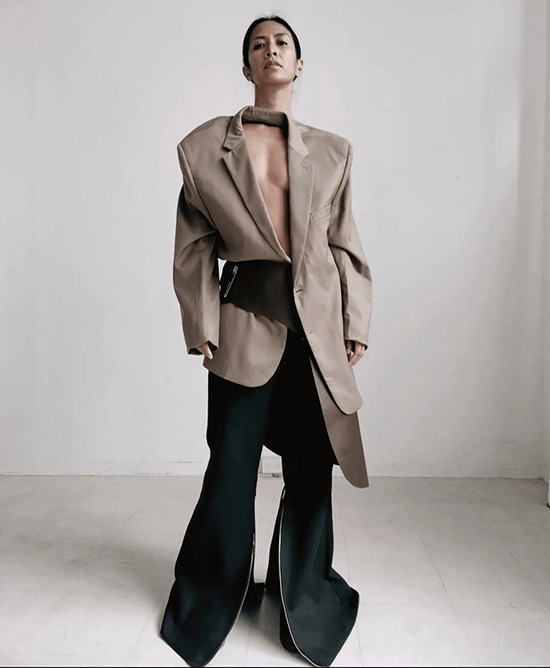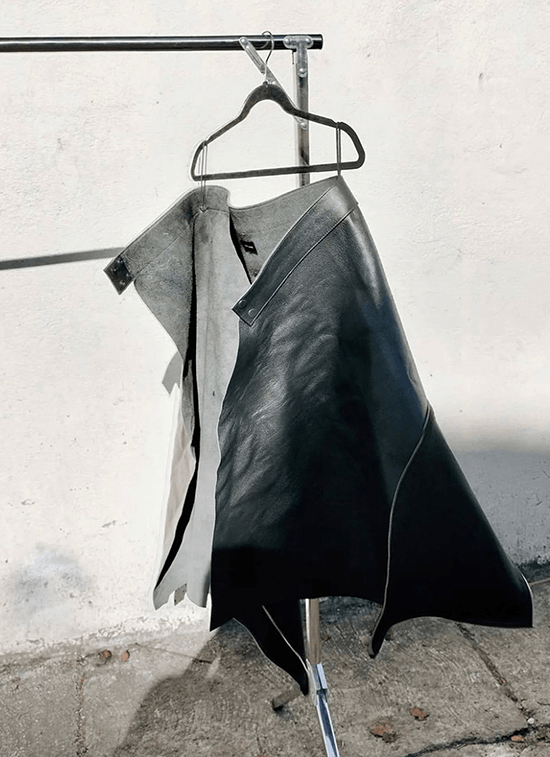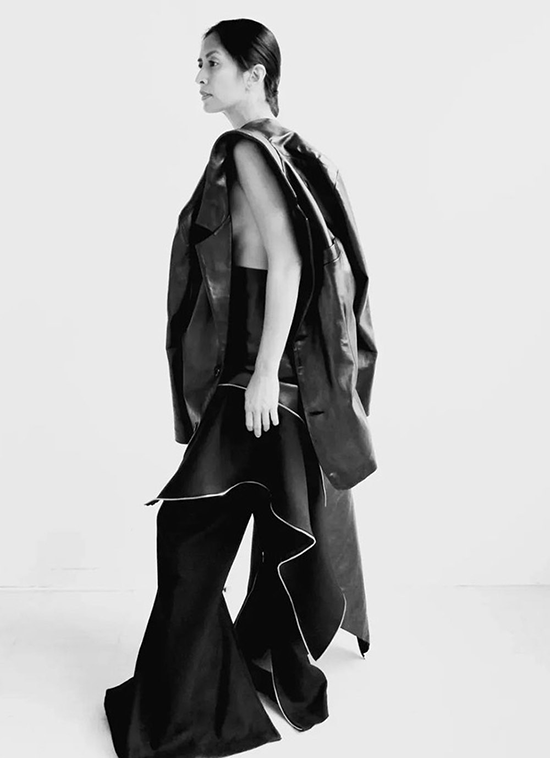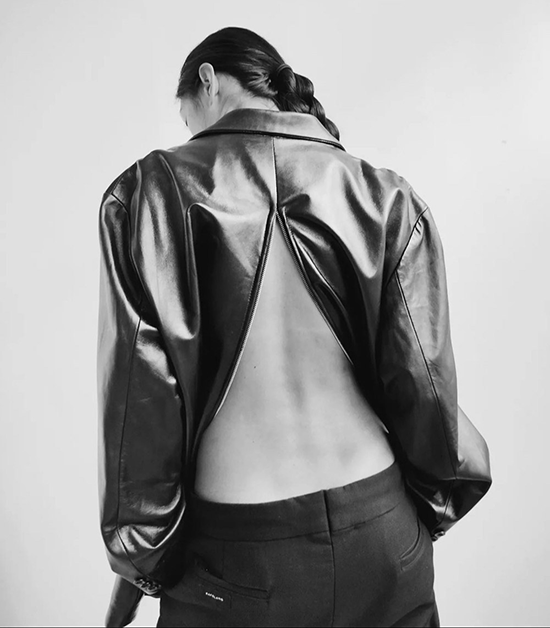Patrick Galang on longevity and returning to his roots
The year was 2008. Among a sea of emerging designers who made their debut during Philippine Fashion Week was Patrick Galang, who launched a collection that paid homage, through its playful yet sensible pieces, to women who were free-thinkers.
The following year, he was one of the contestants in the second season of Project Runway Philippines and then the decade after that, he continued to build his name, focusing on styling and editing for top publications Mega in 2012 to 2014 and the now-defunct L’Officiel Manila.
Recently, the fashion world has been abuzz with news of the relaunch of Galang’s brand Rafglang. It is 2023 and as many industry professionals would excitedly note, it is as if he has come full circle with the return to his roots.
“I’ve always wanted to go back to fashion design,” says Galang about his seven-year design hiatus. “I haven’t explored it as much as styling or editing.”

Rafglang’s new collection titled “No.1” prioritizes a low-key approach to design. While the pieces are definitely modern and out-of-the-box with its reimagined silhouettes, there is still that sense of familiarity.
Perhaps this feeling stems from the brand’s three principles—reassemble, reengineer, and repurpose—which also encourages the wearer to play. “For No.1, time-tested staples and classic silhouettes were re-imagined with new structures to create key pieces in tonal palettes that people can easily integrate into their wardrobes,” Galang explains.

Another reason these unconventional pieces remain grounded and familiar is because, as Galang aptly puts it on his brand’s website, they are inspired by the past and motivated by the future. “The black pieces I created in leather and with zipper accents in the past served as inspiration for this,” he shares, referring to his 2008 collection.

In the same manner that it fuels many creatives to delve deeper, memory and nostalgia inspire Galang. Cut to: Galang as a teenager, discovering the ways fashion could be a vehicle to play, to express his creativity.
“It was in the late ’90s when I first realized fashion played an important role in my life. At 16, I deconstructed my denim trousers and turned them into an elephant piece. It was also around this age when I saw the spring 1999 collections of Raf Simons, Kostas Murkudis, and Alexander McQueen. That was when I knew I wanted to work in fashion,” he recalls.
He continues to hold on to this feeling of discovery and the joy that comes with it years later. “Ideas grow as a result of different impulses, feelings, and past experiences. When I started designing this collection, I thought of my late grandmother, who served as a great source of inspiration. It was her who truly sparked my desire to create,” he adds.
Inspired by the past and motivated by the future. The fashion industry is obviously not the same as it was 20 years ago, and this encouraged the marriage of the two tenses to create something wearable for the present moment. “There is a sense of acceleration now in the industry. It’s bigger and faster compared to when I first started 20 years ago,” Galang notes.
His actions highlight the importance of taking one’s time in an industry that can seem so fast-paced. “As part of our commitment to sustainability, these designs are made-to-order and will be released in limited quantities. Since the garment is only created after it has been ordered, there will typically be a lengthier lead time from the moment it is ordered until the buyer receives the garment,” he says.


“As a reemerging designer, I feel that I’m still finding my niche in the industry,” Galang shares, proving an important point that some people can forget if they are not careful: after all his years in the industry, there is still room for self-discovery.
That, and the fact that the designer seems incredibly humble. His longevity in the industry can also be traced back to the effort he puts into his relationships; he does not forget the people he has worked with. “Creativity stems from the people that you genuinely love. I’m eternally grateful for my fellow designers such as Jerome Lorico, Martin Bautista, and Veejay Floresca, who have given me immense support since the beginning of our careers. Family and friends are everything,” he shares. Fashion, after all, is also about creating communities.


